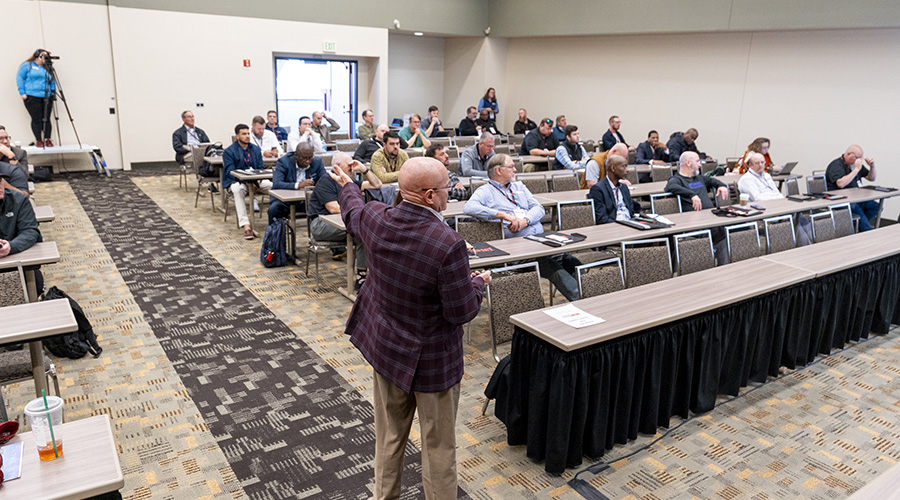In an era of rising energy costs and aging infrastructure, the building envelope — the physical barrier between indoor and outdoor environments — is fast becoming a focal point for facility managers aiming to boost performance, reduce costs, and meet sustainability goals. But improving the envelope isn’t just about sealing a few leaks or adding insulation; it’s about taking a strategic, whole-building approach — and knowing how to pay for it.
In this video from NFMT Baltimore, Timothy Unruh, Executive Director of the National Association of Energy Service Companies (NAESCO), challenges facility professionals to look beyond surface-level fixes.
The building envelope includes everything from windows and walls to roofs, doors, and even foundations — all of which influence a facility’s thermal performance. According to industry data, envelope-related issues can account for up to 57 percent of a commercial building’s total energy use. Poorly sealed doors and windows, insufficient roof insulation, or aging wall systems can create significant heat loss or gain, driving up HVAC demand and operational costs.
Unruh emphasized three key pathways for heat transfer: conduction (through solid materials), convection (via air or fluids), and radiation (like sunlight heating a surface). Each of these can be mitigated with the right combination of materials and technology — from spray foam insulation and air barriers to reflective solar shades and window films.
While traditional upgrades like weather stripping and door sweeps are still useful, Unruh pointed to more advanced solutions such as aerosol-based duct sealing, smart solar shading systems, phase-change materials and others.
Log in or join fnPrime to learn more by watching the video. You can also earn continuing education credits.





